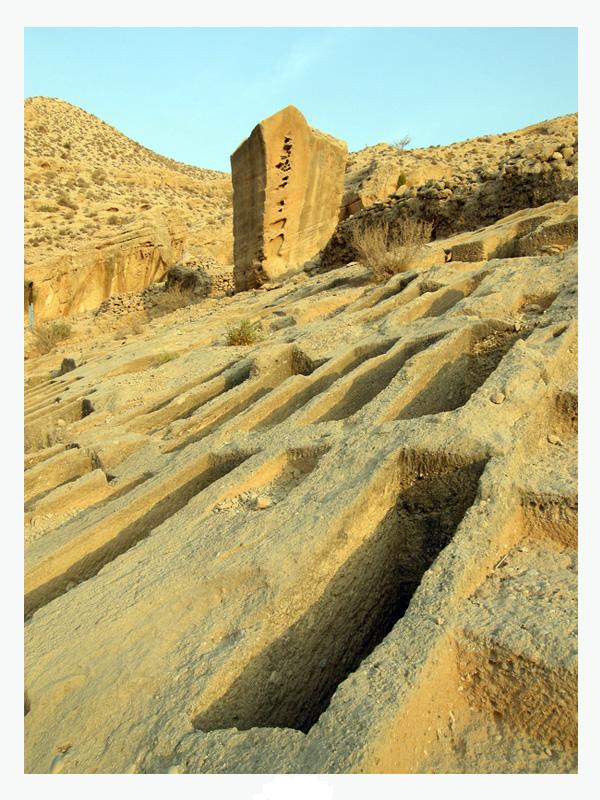Iran is planning to recommend the historical port of Siraf, Bushehr Province to UNESCO for registration on the World Heritage list, Press TV reported.
The ancient port, often called Bandar Taheri is located 220 km south-east of Bushehr and 380 km west of Bandar Abbas.
Siraf is noted for its many historical sites dating back even to Parthian eras. Archeological evidence suggests that the port was much larger before parts of it submerged.
Siraf was one of the most successful ports in the world, a picture of wealth and activity during ancient times similar to Hong Kong, Venice, and Boston later on, says British archaeologist David Whitehouse, one of the first archaeologists who excavated the ancient ruins in 1970s.
The excavations yielded east African ivory artifacts, Indian stone pieces, and Afghan lapis.
The historical port was the main marine trade route during pre-Islamic era and the first four centuries following the advent of Islam.
Religious Diversity
Chamber tombs in towers of silence (Zoroastrian structures for exposure of the dead, particularly to scavenging birds) on hillside, Zoroastrian temples, Islamic gravestones including the resting place of the Muslim scholar Ibn Sibuyeh, portray the region's religious diversity throughout history.
The rock cut tombs of the burial site bear a similarity to those found in Kharg Island and may belong to the region’s Jewish community.
World Heritage site is a title that is given to the locations, which have outstanding universal value to all of humanity, according to the UNESCO description.
The Persian Gulf was a major shipping route between the Arabian Peninsula and India. Small boats like dhows could make the long journey by staying close to the coast and keeping land in sight.
Marine trade between the Persian Gulf and Far East lands began to flourish at this port because of the vast expansion of trade in consumer goods and luxury items at the time.
The first contact between Siraf and China occurred in 185 AD. Over time, the trade routes shifted to the Red Sea, and Siraf withdrew to background before it was destroyed around 970 AD.
The earliest mosque at Siraf dates to 9th century. Whitehouse found ruins of a congregational mosque surrounded by many smaller mosques.
There are remains from the Parthian and Sassanid eras not far from the city. There are also ruins of luxurious houses of extremely rich traders who made their wealth when the port flourished.


